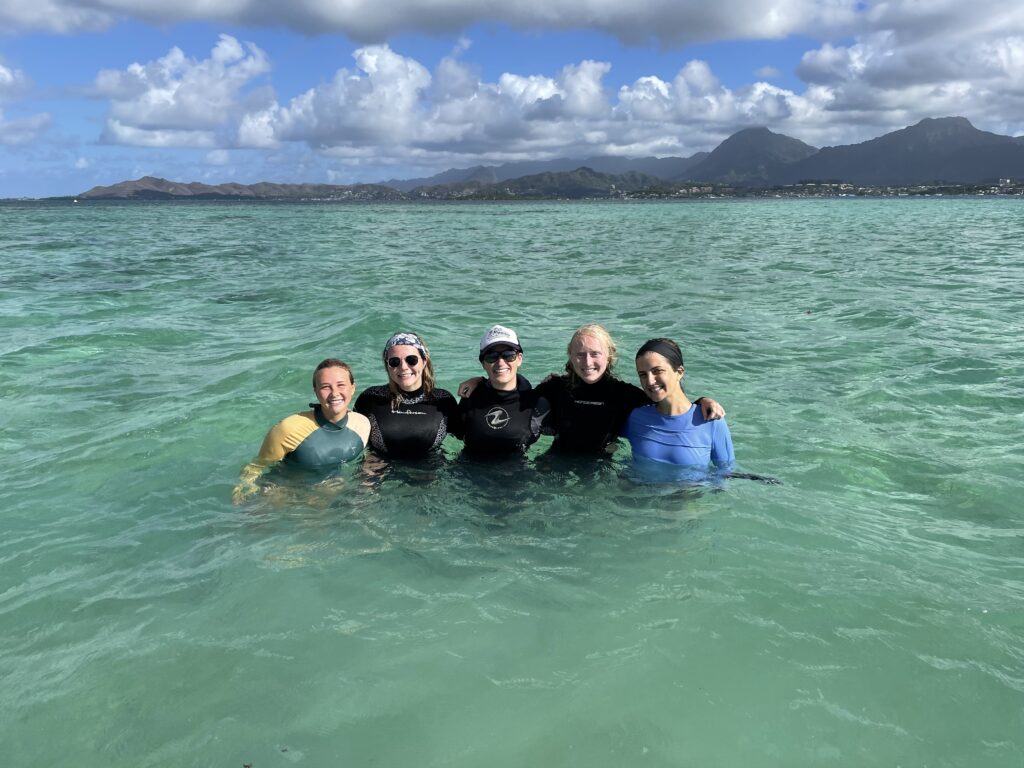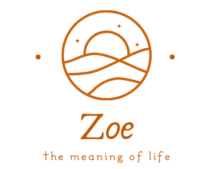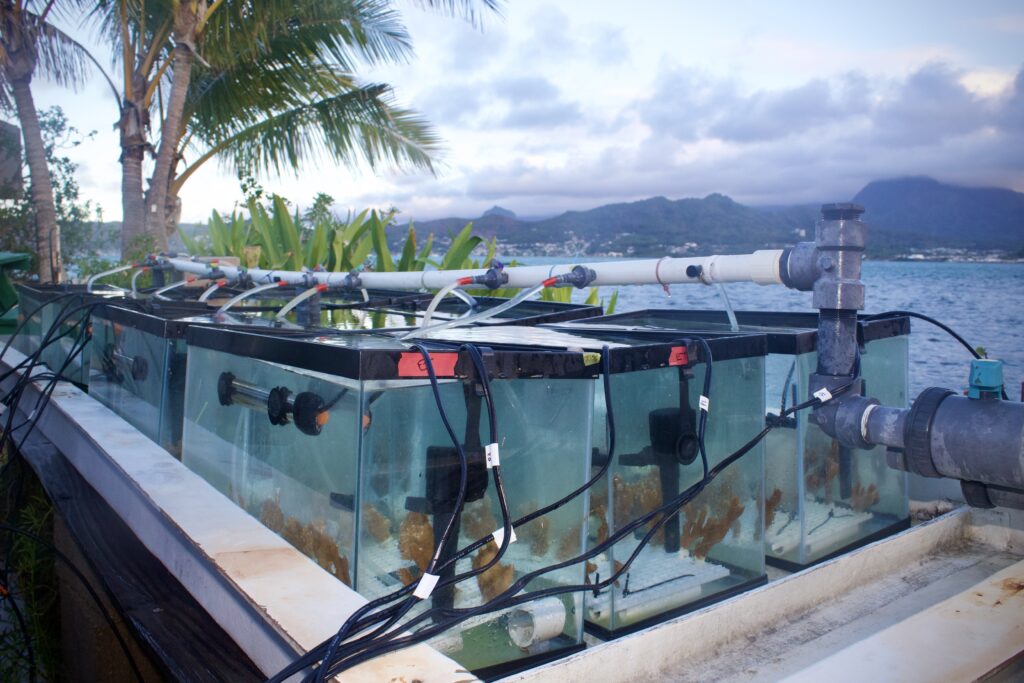“It’s early morning and the sun has risen over Kāneʻohe Bay. The turquoise water is still resting – like glass undulating gently as it hugs the shoreline, back and forth, pushed by the ocean breeze. To the far viewer, the treasure below is not immediately visible. Underneath this pristine surface lies a vivid world, already awake with the busyness of an active coral reef. It is a rich yet vulnerable world, deserving of our attention. What we learn here could tell a story about coral reefs everywhere.” (excerpt from my recent article “Hawai’i’s Coral Reef Warriors”, which can be found here).
This summer I had the awesome opportunity of living in Hawaii for two months while I conducted research at the Hawaii Institute of Marine Biology (HIMB) for my graduate thesis work! HIMB is located on an island in the middle of Kāneʻohe Bay, Hawaii. Its unique location allows marine scientists like myself to develop questions regarding environmental stressors on marine organisms and build experiments to answer these questions. Our team worked in the Coral Reef Ecology Lab, which was established by the late Dr. Paul Jokiel back in the 1960s.
 My advisor, two other graduate students and I working in the outdoor mesocosm facility at the Coral Reef Ecology Lab.
My advisor, two other graduate students and I working in the outdoor mesocosm facility at the Coral Reef Ecology Lab.
For my project, I am interested in how global and local stressors can singularly and interactively affect corals over time. More specifically, I am interested in how temperature stress, nutrient stress, and temperature + nutrient stress affects corals. Why? Because in any environment at any given time it is highly unlikely, if not impossible, that only one stressor is at play. This is especially true in Kāneʻohe Bay. Corals in the Bay are experiencing the global stressor of warming ocean waters while also being subjected to the local stressor of excess nutrient loading to certain areas.
You see, corals aren’t so different from humans! When humans get sick, our bodies do our best to expel whatever it is that may be making us sick by breaking a fever. Similarly, when corals are subjected to very warm waters, they sense that something is wrong and try to expel anything that may be disrupting their normal function. Unfortunately, this often results in corals expelling some of the microorganisms they actually need to survive, including their algae partners that give them their vibrant colors. When this occurs, we often observe a phenomenon known as “coral bleaching”, where the coral animal turns a ghostly white.
Furthermore, nutrient loading can be detrimental for corals in the same way that overeating can be detrimental for us: too much of a good thing can still be bad!
My first step was to collect my corals. I sampled from two different sites in the Bay so that I could also see how coral response to stress varied spatially.
 Free diving to collect coral fragments for experimentation.
Free diving to collect coral fragments for experimentation.
Next, I set up my experiment at the outdoor mesocosm facility, which is part of the Coral Reef Ecology Lab. This facility is unique because we are able to supply our tanks with water pumped directly from the Bay, thus mirroring what is actually happening in the natural environment!
 My experimental tank setup, sans corals. It easy to tell which of my tanks are nutrient loaded based on the algae buildup!
My experimental tank setup, sans corals. It easy to tell which of my tanks are nutrient loaded based on the algae buildup!
With my setup, I was able to manipulate which of my tanks received stress and what kind of stress they were receiving! My experiment ran for a full month. During this time, I collected numerous types of data encompassing both coral biology/ecology and coral genetics.
I was and am so lucky to have this opportunity, but it did not come without its hardships. Fieldwork requires a lot of planning but also a lot of adjustments and flexibility. My time in Hawaii taught me two very important lessons:
- You cannot pour from an empty cup! When under such intense research conditions, it can be easy to get wrapped up in everything and completely forget to prioritize your mental and physical health. While the science is important, it is even more important to take care of yourself! Besides, you will only be able to put forth your best work when you are standing steadily on your own two feet, with a sense of calm and focus.
- There is nothing that replaces having good people in your corner. Thankfully I had some of the best, but people can definitely make or break a situation. There were many days this summer when the stress of my experiment would overwhelm me, and I was so grateful that I had my fellow graduate students next to me through it all. We were able to support and encourage each other and even call each other out if we were being unreasonable. Be a good person and the good will find you! I couldn’t have done it without my team.
 My team and some of the fiercest females in STEM!
My team and some of the fiercest females in STEM!
All in all, this summer was a wonderful research experience, and I’m hoping the results of my work can be used to incite positive action to continue conserving and restoring this beautiful coral reef ecosystem! Thanks for reading and stay tuned!


